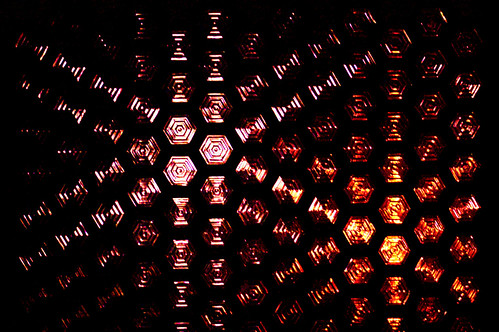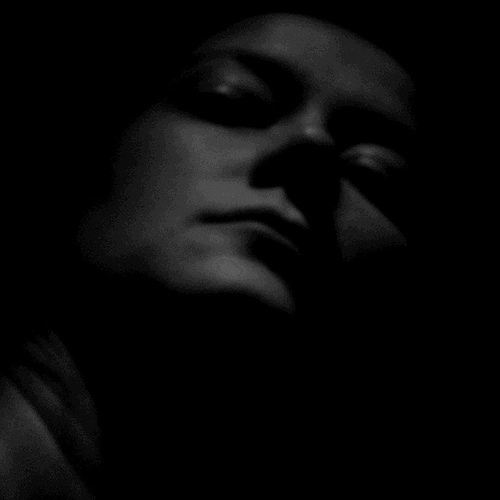But these data were carefully collated throughout the war, and documents in the London Metropolitan Archives and National Archives help to extend our understanding of the period.
The London Metropolitan Archives hold the incident logs kept by local authorities, which detail the number and type of bombs received, and damage and casualties incurred. They were also plotted on bomb census maps, held by the National Archives:
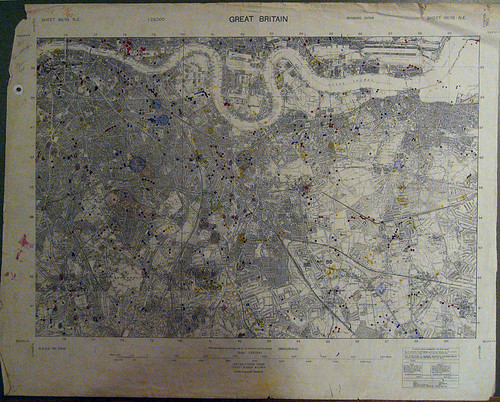
Bomb Census Map for South East London, October 1940.
These data were used to estimate density of attacks over the entire London Civil Defence Region - a larger area than the LCC maps cover, roughly corresponding to the Metropolitan Police Area.
This map from the National Archives shows density of bombing in the London region from outbreak of hostilities to October 1941. This shows how heavily the whole of Central London, both north and south of the river was bombarded, alongside dock areas and Chelsea

The National Archives also hold tables of incidents. This table shows incidents by area for 2 weeks during the height of the V1 attacks in summer 1944.
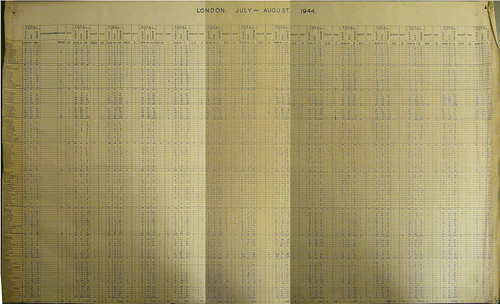
The London Civil Defence Region also produced maps of V-weapon strikes. These were widely scattered, but concentrated south of the river. What this map does not show is the number of bombs shot down or falling short of the target in Kent.
Map from the National Archives showing V1 attacks up to 7th August 1944.
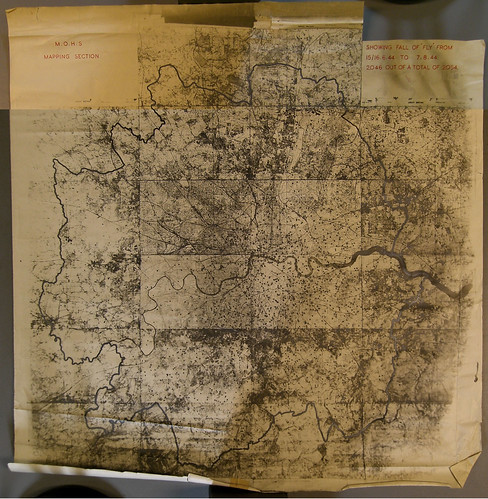
All these documents are freely accessible to the public at London’s archive centres. Together with the LCC maps, they form a formidable resource for anyone interested in London’s wartime history, helping to provide the chronological framework and document the human cost of the bombing of London.





